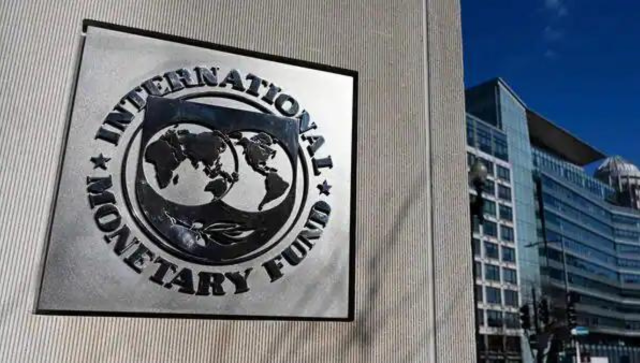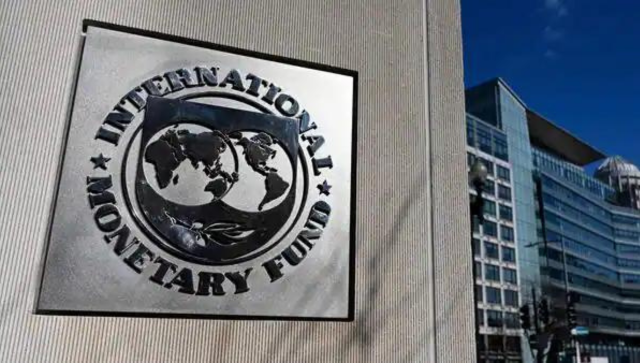Indians are just loving their credit cards like never before, and the bond is growing deeper every passing week. The big growth is visible from the credit card outstanding pattern of last few years, which shows a growth of phenomenal pace. Take a look at these numbers. Total credit card outstanding reported by banks grew by 28.2 percent in the 12 months till 17 February as compared with 23.6 percent in the corresponding period of last year.
In the fiscal year 2017 till February, the growth has been even sharper at 31 percent as against 26.4 percent in the comparable period last year. In absolute terms, total credit card outstanding as on 17 February is at Rs 49,300 crore while it was only Rs 37,700 crore in March, 2016.
Now take a look at the number of new credit cards issued and the spending trend. Total credit cards issued by Indian banks jumped to 2.9 crore in February as against 2.4 crore in the same period last year. The amount of transactions through credit card at ATM and PoS also rose by 36.9 percent to Rs 28,443 crore in February 2017 as against Rs 20,638 crore in February 2016.
An abnormal spike in the credit card outstanding is not the only positive surprise in personal loan segment, but the trend is visible in other retail loan segments as well. In fact, lending to retail customers (such as home, auto and personal loans), is the only bright spot in the bank credit growth data. These segments, although some of them have shown a decline in growth, has still managed to report decent numbers. The growth here is crucial in the backdrop of a disappointing picture offered by industry loans.
In fact, bank loan growth hit the lowest level in at least six decades in the financial year 2016-17, according to latest data from the Reserve Bank of India (RBI). In the last fiscal year, the credit growth slowed to about 5 percent as against close to 11 percent in the corresponding period in previous year. Total bank loan outstanding as at end March is now at about Rs 79 lakh crore as compared with Rs 75 lakh crore in the year-ago period, the data shows.
Why has credit growth dropped to such levels? As mentioned above, the main culprit of the overall slowdown is the almost near standstill in lending to industries. On a year-on-year basis, till 17 February, bank lending to this segment has contracted by 5.2 percent as against a growth of 5.4 per cent in the same period last year. Further, if one sees the break-up of data, bank loans to large companies contracted by 5 percent as against a growth of 7 percent in the corresponding period last year, credit to medium sized companies was down by by 12 percent against a contraction of 11 percent in the year-ago period and credit to small and micro industries contracted to 5.2 percent compared with a growth of 1.7 percent in the corresponding period of last year.
One could argue that part of the reason why lending to industries has plunged is a shift from bank loan market to money market by big corporations looking for cheaper funds. In a falling interest rate scenario, money market offers much more competitive rates (currently just above 7 percent for a one-year paper as against 10 percent and above charged by banks) to companies than what banks offer. But this luxury is not given to all companies. Only top rated firms can bargain for better rates from money markets while this channel is not welcome to many small companies. That means, the reason for small firms not opting for bank loans is either poor demand or banks, burdened with neck-deep bad loans, are not taking fresh exposure to tiny borrowers.
The drying up of credit for industries shows that stagnation in economic activities is real on the ground no matter the 7 percent GDP growth released by government statistical office. For banks, there is more bad news since these entities will have to now deal with the flood of cash deposits that have reached their counters in the absence of sufficient avenues to deploy this money. Seen together, the bank lending data tells us that it is only consumer spend that is actually ticking at this point, not an industry-led growth as portrayed by the GDP figures. Not just credit card outstanding figures, the growth in other retail loan segments too confirm this trend. India largely remains a consumption-driven growth story.


)




)
)
)
)
)
)
)
)